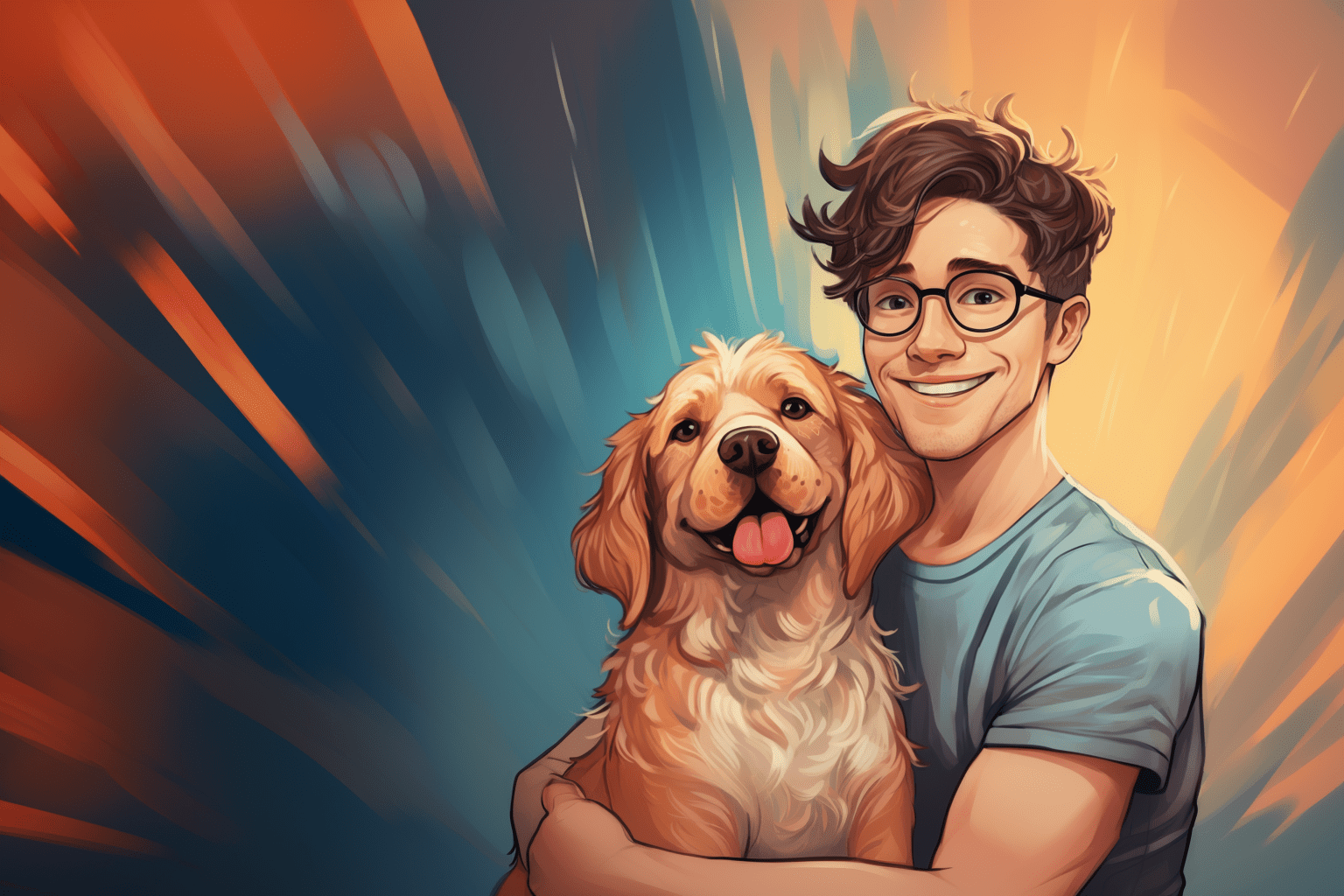
Just the other day, my friend decided to embark on a daring adventure with her beloved furry companion, attempting to walk her dog without a leash. Excitement filled the air as they set out, envisioning a harmonious stroll under the open sky. However, what unfolded was far from the idyllic scene they had imagined.
As soon as they started walking, their dog started barking at everyone and everything. It was like her furry friend had turned into a wild, uncontrollable barker! People passing by looked surprised and confused by the commotion.
To make matters worse, her dog kept running away whenever he got the chance. It was like a game of hide-and-seek, but without the seeking part! No matter how much my friend called, the dog wouldn’t come back.
This experience taught my friend some important lessons about off-leash walking. It’s not as easy as it seems! Preparation, training, and understanding your dog’s personality are key. Even though things didn’t go well for my friend, their story serves as a valuable lesson for all first-time dog owners.
In the following sections, we will explore the essential steps, training techniques, and precautions necessary to turn an off-leash adventure into a delightful experience. So, read on as we embark on a journey to master the art of walking your dog without a leash. Together, we’ll make sure your walks are full of joy and harmony for both you and your furry companion!
Step 1: Establish Basic Obedience Skills
Before attempting to walk your dog without a leash, it is crucial to ensure they have a solid foundation in basic obedience commands such as “sit,” “stay,” and “come.” Teaching these commands will not only make your walks safer but also reinforce your bond with your furry companion.
Step 2: Start Indoors or in a Secure, Enclosed Area
Begin by practicing off-leash walks indoors or in a securely fenced area, such as your backyard or a dog park. This controlled environment allows your dog to get accustomed to being off leash while minimizing potential risks.
Step 3: Gradual Exposure to Distractions
As your dog becomes more comfortable walking off-leash in a confined area, gradually introduce distractions such as other dogs, people, or enticing smells. Use positive reinforcement techniques, rewarding your dog for good behaviour and recalling them back to you when necessary.
Step 4: Expand to a Safe, Open Space
Once your dog demonstrates reliability in a controlled environment, it’s time to venture into a safe, open space such as a quiet neighbourhood or larger enclosed area with fences.
Step 5: Learn to always walk beside you
The pace of moving from one step to the next in important. Do not rush this process. Your dog needs to feel safe and confident with people, scents, sounds and other dogs. The dog needs to feel secure. With practice the dog will understand that he is supposed to stay by your side during walks and is allowed to move away from you when he is in a safe open space.
Few Useful Tips
Practice Recall Religiously:
Recall is one of the most crucial skills when it comes to off-leash walking. Regularly reinforce your dog’s recall command in various environments and situations. Make it a positive experience by offering treats, praise, and engaging playtime whenever your dog comes to you upon hearing the recall command.
Leash as a Safety Net:
Even when your dog becomes proficient at walking off-leash, it’s important to carry a leash with you as a safety precaution. Unforeseen circumstances such as approaching traffic, unfamiliar dogs, or other potential dangers may require immediate restraint.
Continuous Training and Socialization:
Training and socialization should be ongoing throughout your dog’s life. Regularly expose them to new experiences, people, and other dogs. This will help build their confidence, reinforce their training, and ensure a positive off-leash walking experience.
Use Additional Safety Measures:
Consider utilizing additional safety measures to enhance your dog’s off-leash experience. Options include GPS tracking devices, reflective collars, or ID tags with updated contact information. These precautions can help locate your dog if they were to become lost or separated from you.
Be Mindful of Others:
Respect other people’s comfort levels and adhere to any local regulations when walking your dog off-leash. Always be mindful of your dog’s behaviour and ensure they do not approach or bother other individuals or animals.
Conclusion:
Walking your dog without a leash can be a wonderful way to strengthen the bond with your furry companion and provide them with a sense of freedom and exploration. However, it requires patience, consistency, and ongoing training. By following the steps outlined in this guide, you’ll be well on your way to enjoying safe and enjoyable off-leash walks with your four-legged friend.




